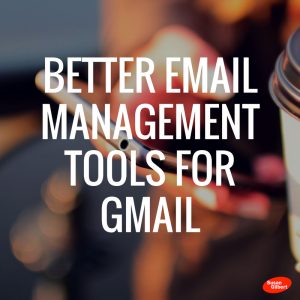I am a huge Seth Godin fan – I read his blog pretty much every day and he almost always has something thought-provoking and interesting to say. A few months ago, I saw a link to a Seth Godin video from Twitter for his new book – which I have linked below:
As always Seth is extremely articulate and convincing. But did you notice something strange? After the video, I wasn’t sure what the book was called and where could I buy it? When you create a video for your business, you often imagine it viewed in a particular way – somebody will visit your website on their PC and watch your video – from there they will hopefully check out further pages on your website to learn more about your products or services.
However, this isn’t always the case – the may watch it directly on YouTube, Vimeo, Facebook or Twitter or from an embedded link on a blog or website. In the example above, the video was embedded on Seth’s microsite for the book (the book, by the way, is called ‘It’s your Turn’), so you could learn more about it there and order the book. However, when I landed on a the Vimeo link from Twitter, there was no further information or links on where to buy. Helpfully someone replied to my comment and sent me in the right direction. Seth Godin obviously knows what he’s doing, so this is in no way a criticism, but hopefully I can show you a few ways to help direct people that have enjoyed your video to learn more and help you hopefully make that sale.
1. End your Video with the Call to Action
Instinctively you know to do this (think about pretty much every ad you’ve ever seen and you know it ends with the key message), but a surprisingly large number of businesses forget to add this in. This can be as simple as ending your video showing your business name or your website but could also be a phone number, a hashtag or some other site or service where users can find you.
A few places I love to get inspiration for videos are video production companies like “Sandwich Video“, “Picturelab“, “1/29films“, etc. – these are extremely high-quality, professionally produced videos and although I am not suggesting that you can replicate these, you can get some great ideas on how to structure the narrative of your video and end with a message that resonates with the audience.
2. Use YouTube Annotations to help viewers find the content and links the need

YouTube Annotations are an easy and helpful way to direct your viewers to another video, give them further information (such as a Sale running or a discount coupon) or even directly link to your website.
YouTube call direct website links “Associated Website Annotations”. The ability to add a link directly to your website from your YouTube video is a new development and put simply, completely awesome. There are a few restrictions and you can only link to what YouTube call ‘verified’ sites.
I found this tutorial that gives step by step instructions on how to verify your website and then add your website link to your annotation. Although there are a number of steps, it is a straightforward process and definitely worth doing.
3. Use YouTube Cards to direct your viewers to a particular website or page
YouTube has rolled out a new product called “Cards” – they say that these will eventually replace annotations and will also work on mobile devices.
YouTube have quite detailed instructions on how to set up your cards – again this is actually very straightforward and takes only a few minutes. The (slightly annoying) video below from YouTube will give you a fairly decent understanding of YouTube Cards:
Obviously cards have some really exciting possibilities – link directly to your sales or information pages when you’re discussing a particular product / have multiple cards showing complimentary products or videos / link to a free PDF download or email subscription form. What I like the most is that the Cards remain active outside YouTube, so if you’re video is embedded in a blog or featured on a website, users can still access your links – this is really exciting.
4. Add your Website Link to the YouTube Description

I think that adding your website address to your YouTube Description is always a great idea – so simple, but is where I look first when I have found a video interesting and what to learn some more. To edit your YouTube description, you need to visit the Video Manager on your Channel. (Just as an aside, these links do not affect your SEO either way – Google does not count them as backlinks, but they also do not penalize them either).
5. Don’t forget Mobile Devices
There are various reasons why you may choose Vimeo over YouTube (although we actually suggest you use both). However, users have experienced problems with Vimeo videos playing on mobile devices. Most of these problems are related to using an old embed code, but it is worth checking your Vimeo settings and ensuring your videos are compatible with mobile device.

All these tips are, hopefully, easy to implement and will give you some ideas for your next video.
PS. While we are talking about Seth Godin, his Startup School series of podcasts are a hugely helpful resource for any small business, startup or not.
This post first appeared on the trakax.com blog. Click Here to view the original post.
(192)







